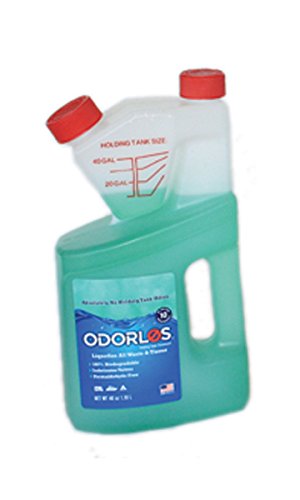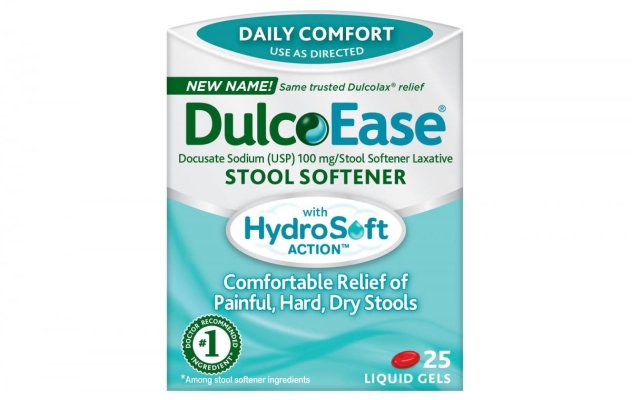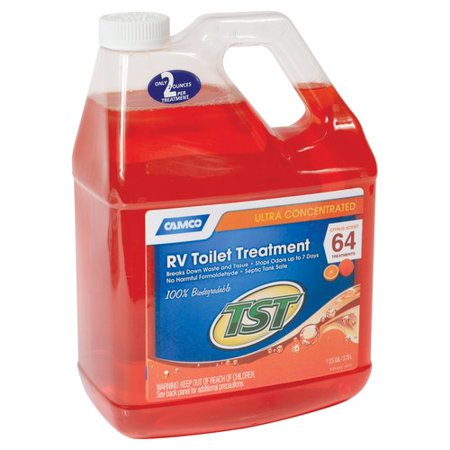Lou_tribal
Guru
Hello,
I just saw this tip on Jamestown web site:
Not sure if this has already been extensively discussed but do you have any input regarding the subject?
L.
I just saw this tip on Jamestown web site:
To keep the black water tank clean it is useful to add water softener and a cup of laundry detergent. It helps removes waste odor, helps quickly break down waste and toilet paper and prevent scum from forming on the sides of the tanks and the sensors.
Not sure if this has already been extensively discussed but do you have any input regarding the subject?
L.







